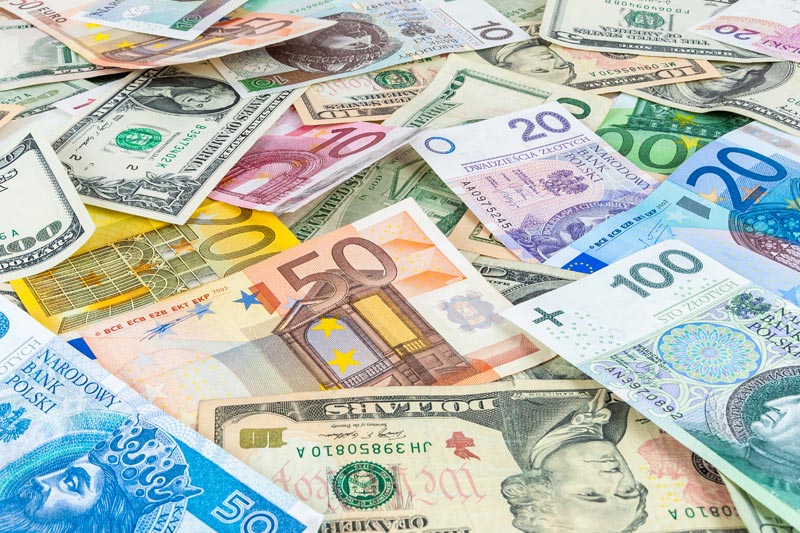Investing.com - The Australian dollar is notching an impressive performance against its U.S. rival to close the week on the back of supportive comments from Reserve Bank of Australia Governor Glenn Stevens.
In Asian trading Friday, AUD/USD jumped 0.49% to 1.0299. The pair was likely to find support at 1.0409, the low of February 3 and resistance at 1.0320, the high of February 18.
On Thursday, Stevens hinted that the central bank is comfortable with Australian interest rates as they currently stand and that RBA is not likely to engage in looser monetary policy. Also on Thursday, a research report issued by U.S. fund manager indicated the International Monetary Fund could give the Aussie reserve currency status this year.
The other reserve currencies are the U.S. dollar, euro, British pound, Japanese yen and Swiss franc. IMF has also signaled that the Canadian dollar could become a reserve currency as well.
Earlier today, Australian Treasure Wayne Swan said he believes the strong dollar will not deter foreign investors because of his country’s strong underlying economic fundamentals. Swan told a business economists group in Sydney that foreign investors are attracted to Australia because of solid government, sound public finances and a tolerable debt level.
While Australia’s AAA credit rating is a source of allure for many investors, it is still widely believed that the Aussie is overvalued relative to the greenback. The Aussie has been at or above parity with the U.S. dollar since late 2008. During that time, the Aussie is the best-performing developed market currency against the U.S. dollar.
Elsewhere, EUR/AUD fell 0.43% to 1.2817 while GBP/AUD slipped 0.48% to 1.4812. AUD/JPY jumped 0.51% to 95.92 while AUD/NZD rose 0.13% to 1.2305.
In Asian trading Friday, AUD/USD jumped 0.49% to 1.0299. The pair was likely to find support at 1.0409, the low of February 3 and resistance at 1.0320, the high of February 18.
On Thursday, Stevens hinted that the central bank is comfortable with Australian interest rates as they currently stand and that RBA is not likely to engage in looser monetary policy. Also on Thursday, a research report issued by U.S. fund manager indicated the International Monetary Fund could give the Aussie reserve currency status this year.
The other reserve currencies are the U.S. dollar, euro, British pound, Japanese yen and Swiss franc. IMF has also signaled that the Canadian dollar could become a reserve currency as well.
Earlier today, Australian Treasure Wayne Swan said he believes the strong dollar will not deter foreign investors because of his country’s strong underlying economic fundamentals. Swan told a business economists group in Sydney that foreign investors are attracted to Australia because of solid government, sound public finances and a tolerable debt level.
While Australia’s AAA credit rating is a source of allure for many investors, it is still widely believed that the Aussie is overvalued relative to the greenback. The Aussie has been at or above parity with the U.S. dollar since late 2008. During that time, the Aussie is the best-performing developed market currency against the U.S. dollar.
Elsewhere, EUR/AUD fell 0.43% to 1.2817 while GBP/AUD slipped 0.48% to 1.4812. AUD/JPY jumped 0.51% to 95.92 while AUD/NZD rose 0.13% to 1.2305.
